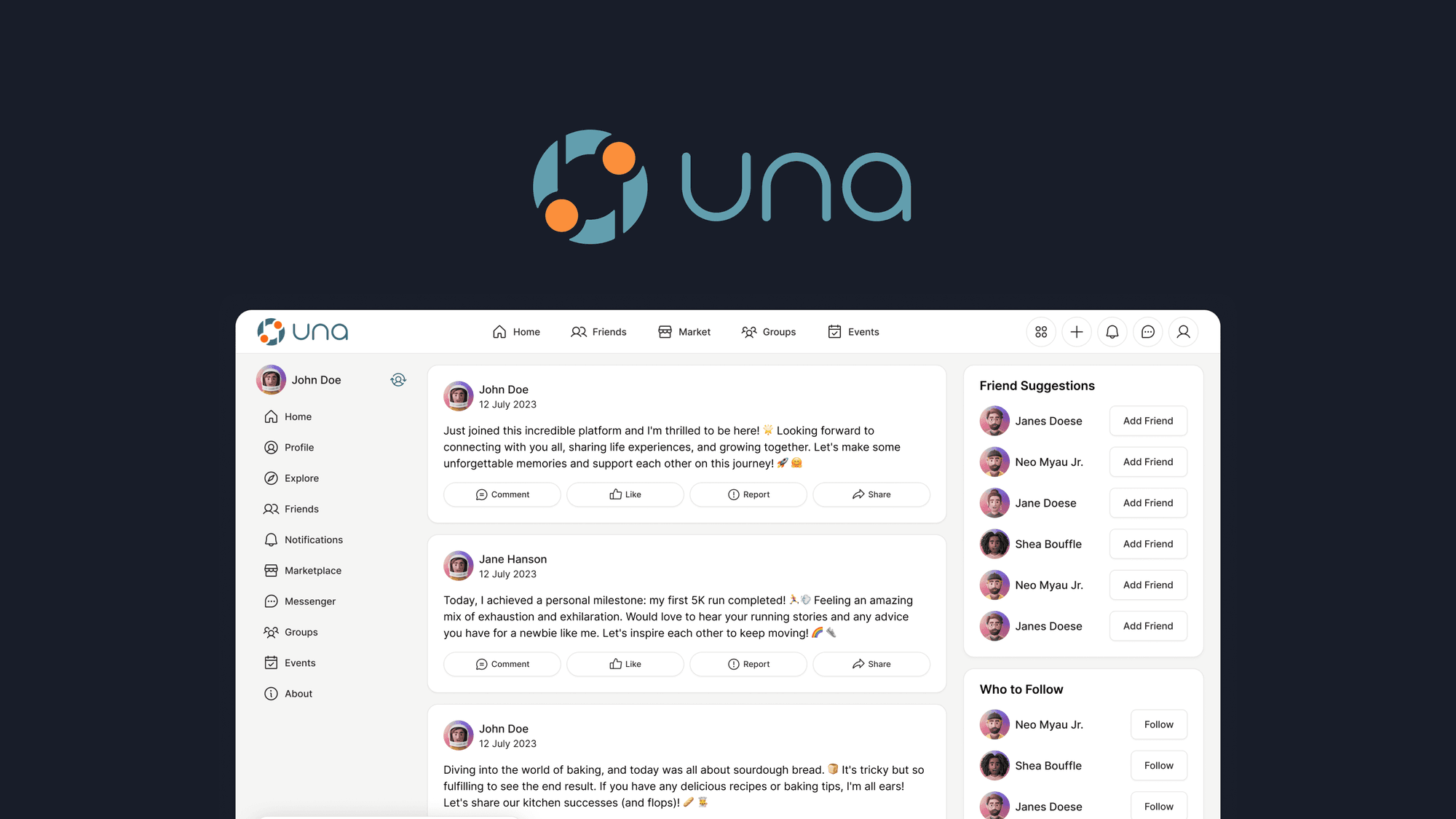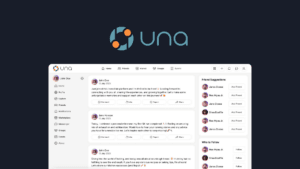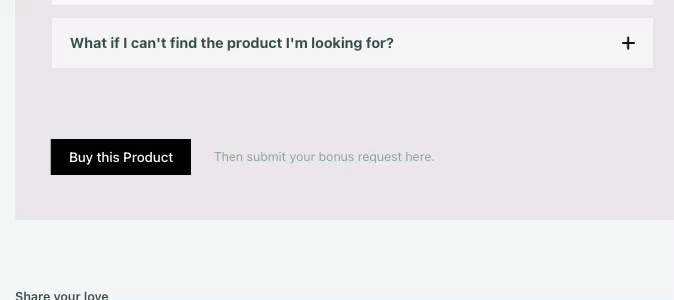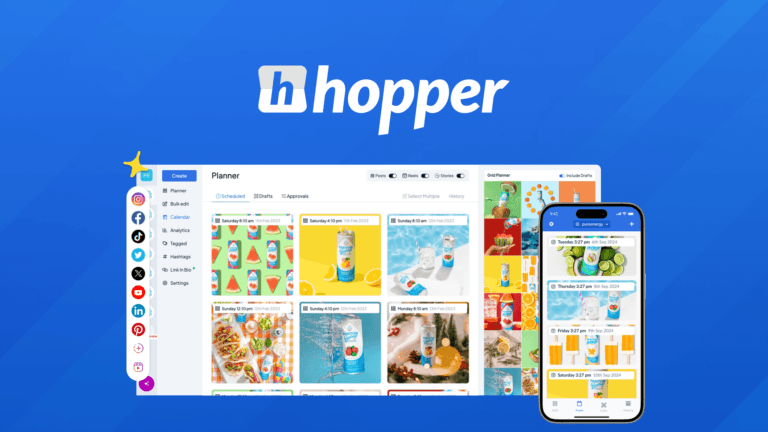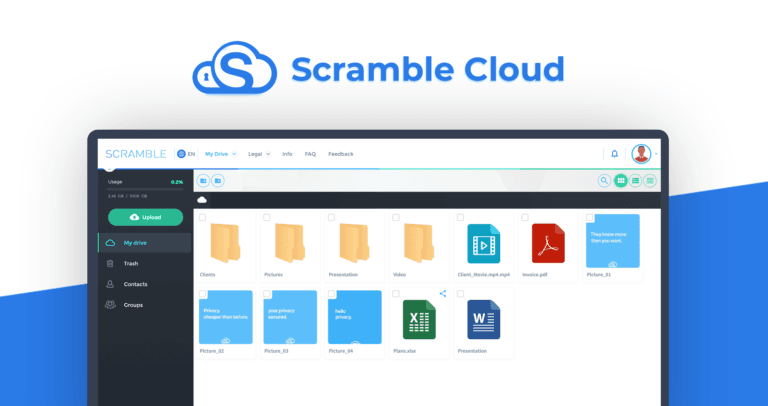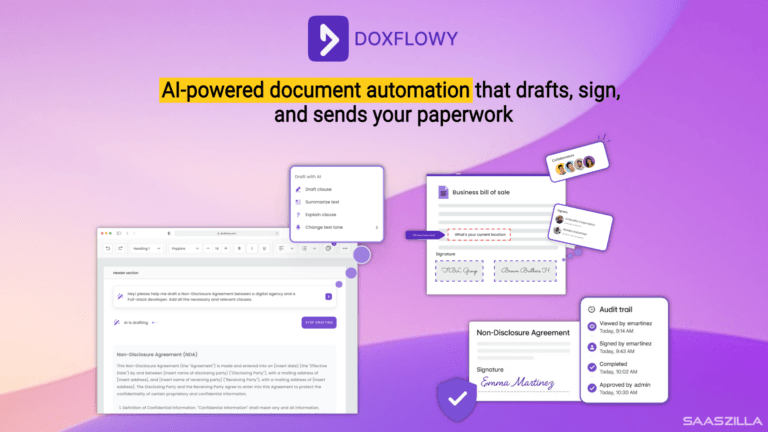The Digital Cage
My fingers hovered over the keyboard, trembling slightly. Another late night, another frustrating attempt to manage our online community. The platform we’d been using felt like a straitjacket, constraining our potential and bleeding our resources dry.
“We can’t go on like this,” I muttered to myself, the office silent except for the hum of servers and the distant sound of traffic outside. As our community director, I was responsible for creating connection, engagement, and growth. But our current tools were failing us spectacularly.
Walls Without Windows
For years, we’d been prisoners of someone else’s digital ecosystem. Every feature, every interaction, every piece of data – controlled by platforms that saw our community as nothing more than a monetization opportunity. We wanted intimacy, customization, genuine connection. What we got were generic templates, restrictive rules, and zero ownership.
Our team had tried everything. Custom CSS hacks. Third-party integrations. Endless workarounds that consumed more time than they saved. Each solution felt like putting a Band-Aid on a systemic wound. The frustration was palpable during team meetings. Developers looked defeated. Marketing teams felt handcuffed.
The Unexpected Doorway
I first heard about UNA CMS during a late-night research rabbit hole. Something felt different about this platform. Not just another tool, but a complete reimagining of community management.
“What if we could build our own ecosystem?” I remember asking my lead developer the next morning. His skeptical raised eyebrow gradually transformed into curiosity as we explored the platform’s capabilities.
The Studio interface was intuitive. No complex coding required. Modules that could be added or removed with a simple click. Customization that felt like breathing – natural, effortless.
Breaking Through the Walls
Implementation was surprisingly smooth. Within weeks, we had transformed our digital space from a restrictive platform to a living, breathing community ecosystem.
“I can actually see our members now,” Sarah from community management said, her eyes lighting up. “Not just as metrics, but as real people with real interactions.”
The platform’s flexibility was revelatory. We could create specialized groups, design unique user experiences, and most importantly – own our data completely. No more algorithmic black boxes determining our community’s fate.
A New Digital Landscape
Our engagement metrics skyrocketed. Members felt the difference immediately. The ability to create tailored experiences, to have genuine control, changed everything.
One particularly memorable moment came when we launched a niche subgroup for professional development. Within days, it was buzzing with activity – organic, genuine interactions that felt miles away from the forced engagement of our previous platforms.
“This isn’t just a tool,” our CEO remarked during a strategy meeting. “This is our digital home.”
Epilogue: The Ownership Revolution
For any business leader feeling constrained by generic digital platforms, remember this: true connection requires ownership. Your community isn’t a commodity to be traded, but an ecosystem to be nurtured.
The lessons we learned go beyond technology. It’s about creating spaces that respect user autonomy, that prioritize genuine interaction over algorithmic manipulation. In a world of increasing digital homogenization, the real competitive advantage is creating environments where people truly feel seen, heard, and empowered.
Our journey with a flexible, customizable community management system taught us that technology, when designed with human connection at its core, can be transformative. Not just for businesses, but for the very nature of how we interact, collaborate, and grow together in the digital age.
